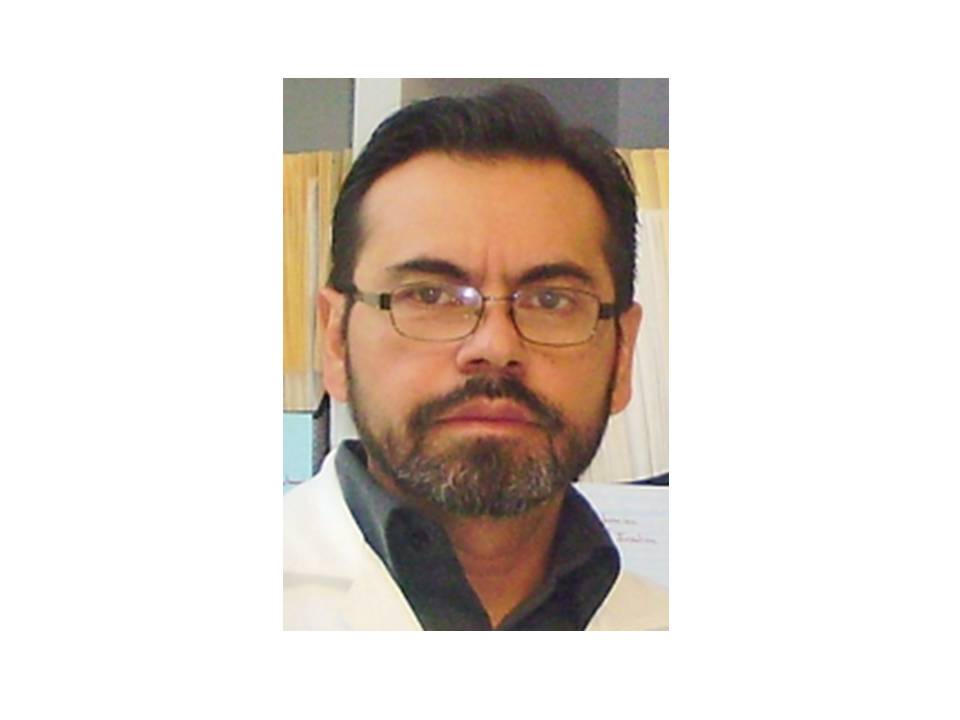
Lipid oversupply plays a role in developing insulin resistance in skeletal muscle, decreasing expression of nuclear-encoded mitochondrial genes, and increasing extracellular matrix remodeling. To determine if a decrease in plasma lipid content reverses these abnormalities, insulin-resistant subjects with a family history of type 2 diabetes had euglycemic clamps and muscle biopsies before and after acipimox treatment to suppress free fatty acids. Free fatty acids fell from 0.584 +/- 0.041 to 0.252 +/- 0.053 mmol/l (P < 0.001) and glucose disposal increased from 5.28 +/- 0.46 to 6.31 +/- 0.55 mg . kg(-1) . min(-1) (P < 0.05) after acipimox; intramuscular fatty acyl CoA decreased from 10.3 +/- 1.9 to 4.54 +/- 0.82 pmol/mg muscle (P < 0.01). Paradoxically, expression of PGC-1-and nuclear-encoded mitochondrial genes decreased after acipimox, and expression of collagens I and III alpha-subunits (82- and 21-fold increase, respectively, P < 0.05), connective tissue growth factor (2.5-fold increase, P < 0.001), and transforming growth factor-beta1 increased (2.95-fold increase, P < 0.05). Therefore, a reduction in lipid supply does not completely reverse the molecular changes associated with lipid oversupply in muscle. Changes in expression of nuclear-encoded mitochondrial genes do not always correlate with changes in insulin sensitivity.








